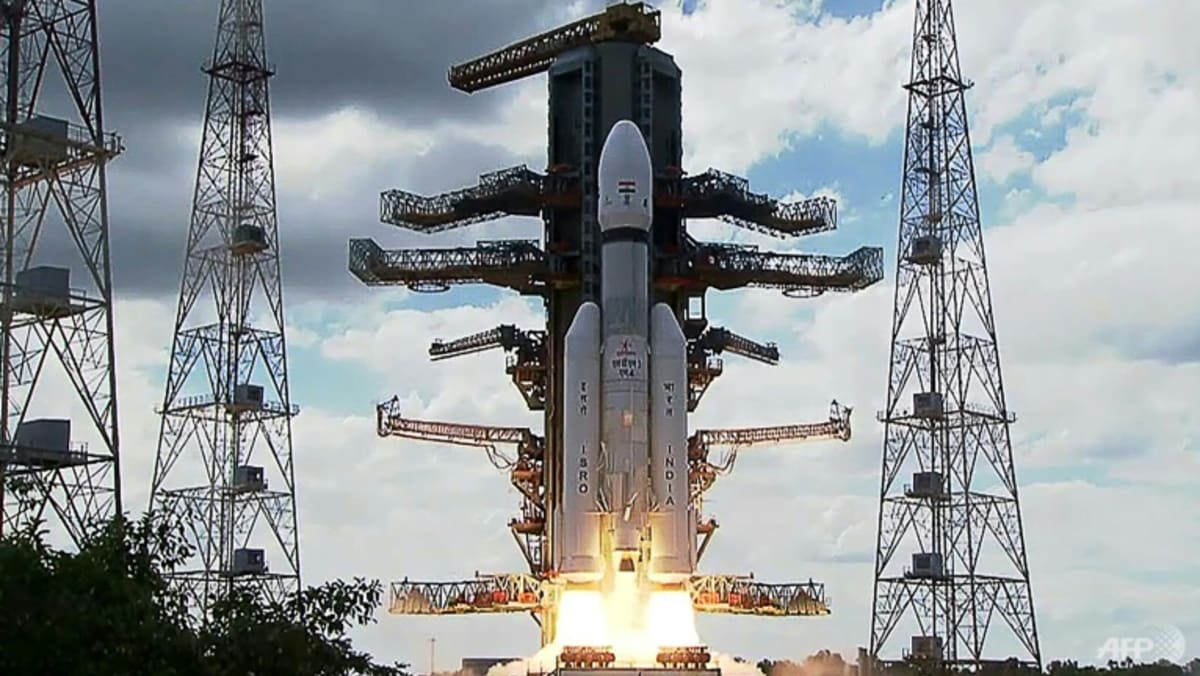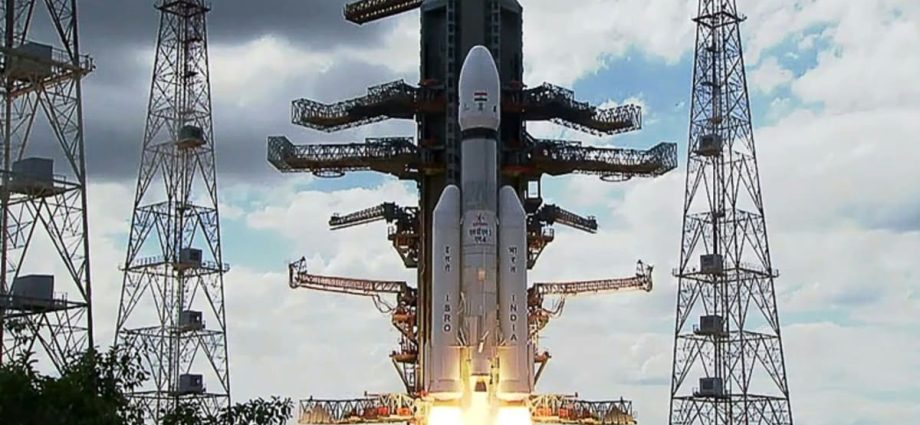
The mission launched nearly six weeks ago in front of thousands of cheering spectators, but took much longer to reach the moon than those of the Apollo missions in the 1960s and 1970s, which arrived in a matter of days.
India is using rockets much less powerful than those the United States used back then, and instead the probe orbited Earth several times to gain speed before embarking on its month-long lunar trajectory.
“SMOOTH SAILING IS CONTINUING”
The spacecraft’s lander Vikram, which means valour in Sanskrit, detached from its propulsion module last week and has been sending back images of the moon’s surface since entering lunar orbit on Aug 5.
A day ahead of the landing, the ISRO said on social media the landing was proceeding on schedule and that its mission control complex was “buzzed with energy & excitement”.
“Smooth sailing is continuing,” the agency posted on X, formerly known as Twitter.
India has a comparatively low-budget aerospace programme, but one that has grown considerably in size and momentum since it first sent a probe to orbit the Moon in 2008.
The latest mission comes with a price tag of US$74.6 million – far lower than those of other countries, and a testament to India’s frugal space engineering.
Experts say India can keep costs low by copying and adapting existing space technology, and thanks to an abundance of highly skilled engineers who earn a fraction of their foreign counterparts’ wages.

